The roar of a traditional roller coaster is iconic—the clanking chains, the screeching wheels, the screams of riders. But what if the thrill came without the noise? A new generation of roller coasters is emerging, powered by magnetic levitation (maglev) technology, and they are rewriting the rules of amusement park acoustics. These silent scream machines promise the same adrenaline-pumping drops and loops but with a startling lack of decibels.
For decades, roller coasters have relied on wheels, tracks, and gravity. The mechanical nature of these systems inevitably generates noise—sometimes exceeding 90 decibels, equivalent to a motorcycle revving at close range. Maglev coasters, however, replace physical contact with magnetic fields, eliminating friction and, with it, much of the sound. The result is an eerie, almost surreal experience: a high-speed ride with little more than the whoosh of air rushing past.
How Maglev Coasters Work
Magnetic levitation isn't new—it's been used in high-speed trains for years. But applying it to roller coasters required rethinking the physics of amusement rides. Instead of a traditional track, maglev coasters use a series of electromagnets to propel and suspend the train. The magnets create a repulsive force strong enough to lift the train a few centimeters off the guideway, allowing it to glide with near-zero friction.
Without the constant grinding of wheels against rails, the only remaining noise comes from air resistance and the occasional hum of the magnets engaging. Engineers have further dampened these sounds with aerodynamic shaping and sound-absorbing materials, pushing the technology toward what some are calling "whisper coasters."
The Science Behind the Silence
Traditional roller coasters generate noise in three primary ways: wheel-rail interaction, chain lifts, and vibrations transmitted through the structure. Maglev systems address all three. The absence of wheels removes the most significant source of noise. Instead of a clanking chain lift, magnetic propulsion accelerates the train smoothly and quietly. And because the train floats rather than rolls, vibrations are minimized.
Advanced control systems play a crucial role. By precisely adjusting the magnetic fields, engineers can stabilize the train's movement, preventing the minor oscillations that might otherwise create noise. Some designs even incorporate active noise cancellation, using speakers to emit sound waves that counteract any residual noise—though purists argue this defeats the purpose of a naturally silent ride.
Rider Reactions: Thrills Without the Roar
Early test riders describe the experience as disorienting in the best possible way. Without the auditory cues of a traditional coaster, the visual and physical sensations become more intense. A 70-mph drop feels even steeper when not accompanied by the usual rattling and roaring. Some report a heightened sense of floating or flying, as if the train isn't even connected to a track.
Park operators see another advantage: reduced noise pollution. Traditional coasters can be heard from miles away, often limiting operating hours due to nearby residential areas. Silent coasters could allow parks to extend hours or build closer to cities. There's even talk of indoor maglev coasters, where the lack of noise would prevent the deafening echo effect of conventional designs.
Challenges and the Road Ahead
For all their promise, maglev coasters face hurdles. The technology is expensive—current prototypes cost nearly twice as much as traditional coasters. Maintenance is another concern; while maglev systems have fewer moving parts, diagnosing and repairing electromagnetic components requires specialized expertise.
Then there's the question of whether riders will accept the silence. Part of the roller coaster's appeal is the sensory overload—the noise, the vibrations, the sense of barely controlled chaos. A perfectly smooth, quiet ride might feel too sterile for some. Designers are experimenting with optional soundtracks or wind-noise modulation to add back just enough auditory feedback.
The Future of Amusement Parks?
If maglev coasters catch on, they could spark a broader shift in amusement park design. Imagine entire sections of parks where the only sounds are laughter and conversation, not machinery. The technology might also enable new ride elements impossible with traditional tracks, like mid-air direction changes or floating "airtime" moments lasting several seconds.
For now, the first commercial maglev coasters are in development, with at least three major parks rumored to be considering installations. Whether they'll replace traditional coasters or carve out their own niche remains to be seen. But one thing is certain: the roller coaster of the future might just be something you have to see—not hear—to believe.
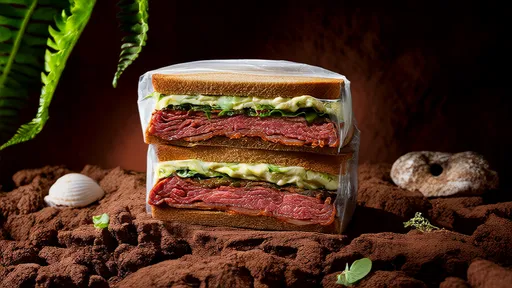
By /Jul 16, 2025

By /Jul 16, 2025

By /Jul 16, 2025
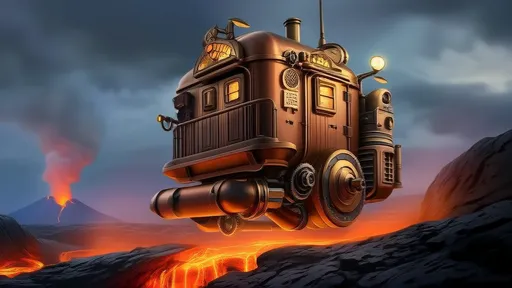
By /Jul 16, 2025
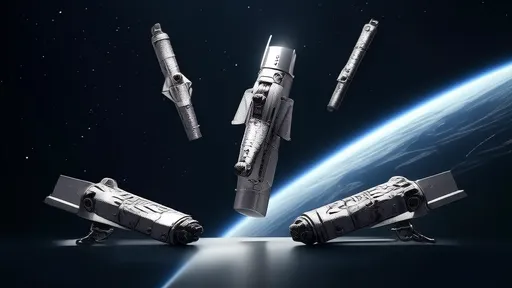
By /Jul 16, 2025

By /Jul 16, 2025
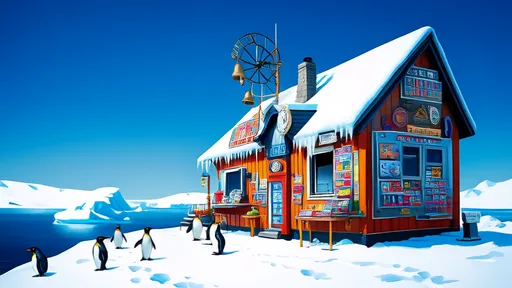
By /Jul 16, 2025
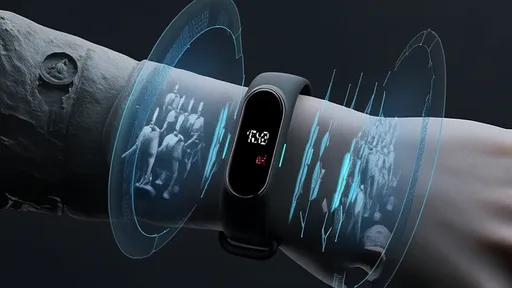
By /Jul 16, 2025

By /Jul 16, 2025

By /Jul 16, 2025
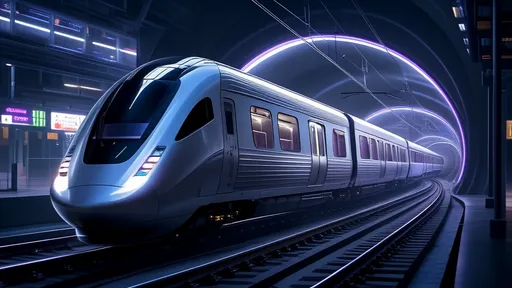
By /Jul 16, 2025

By /Jul 16, 2025

By /Jul 16, 2025

By /Jul 16, 2025
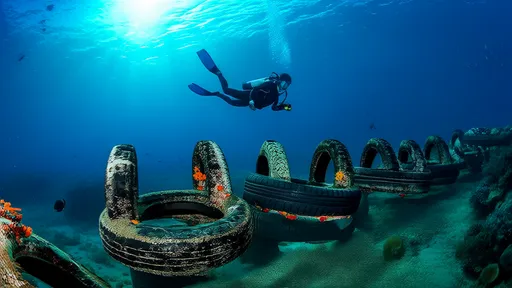
By /Jul 16, 2025
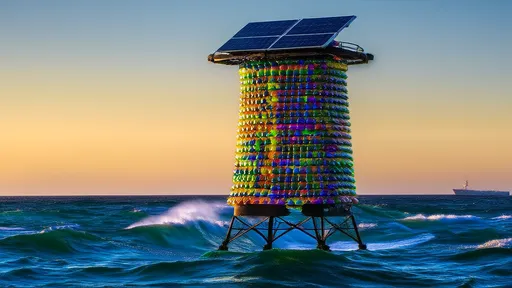
By /Jul 16, 2025

By /Jul 16, 2025
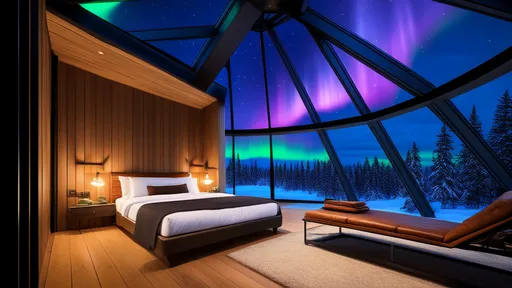
By /Jul 16, 2025